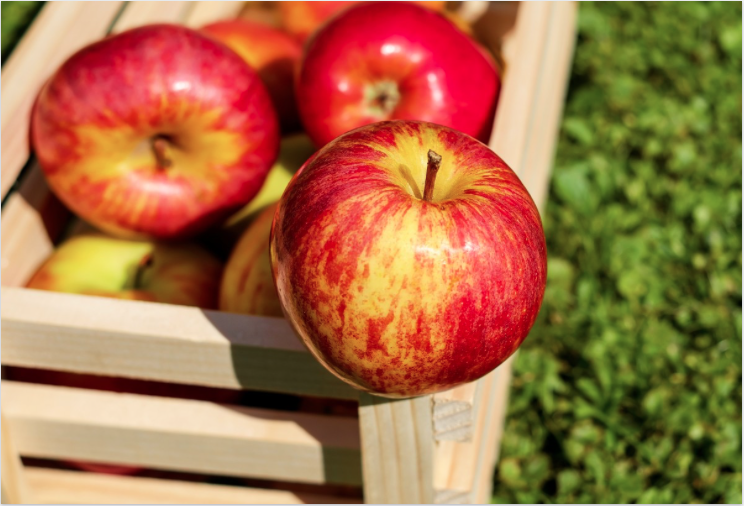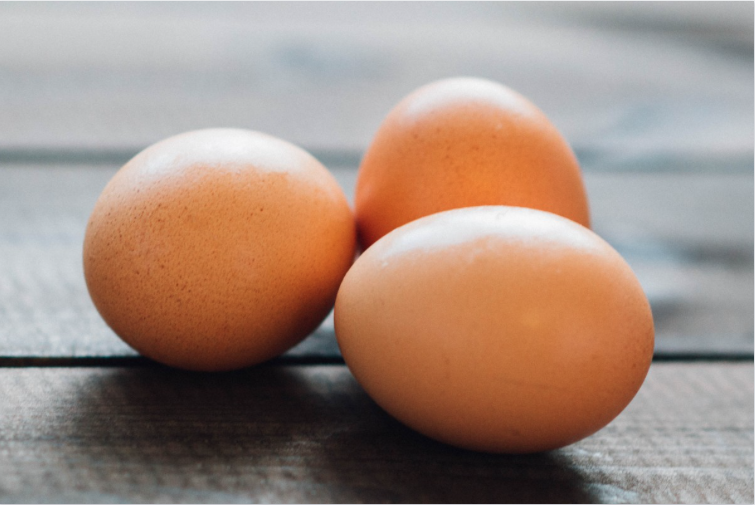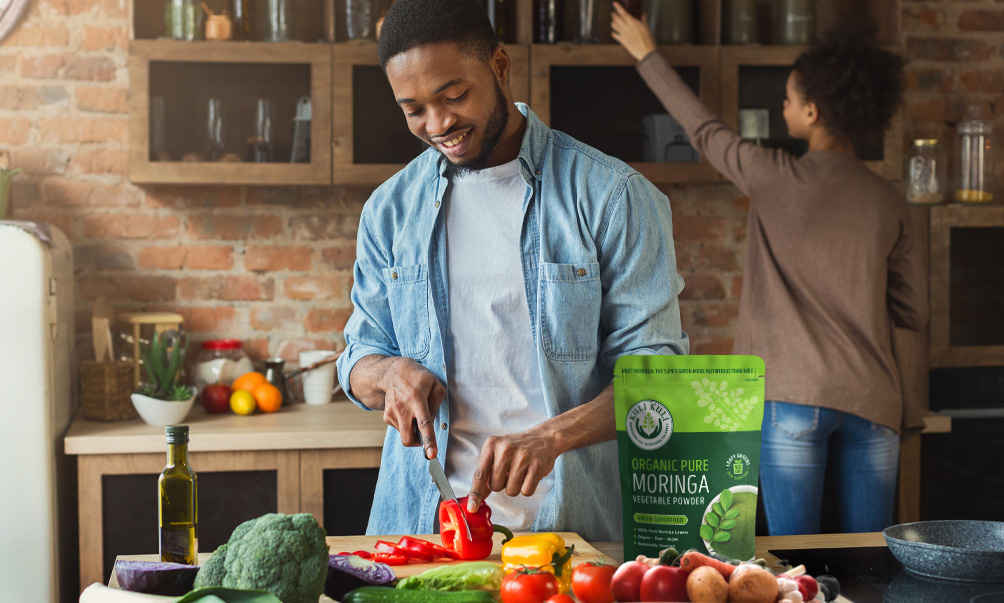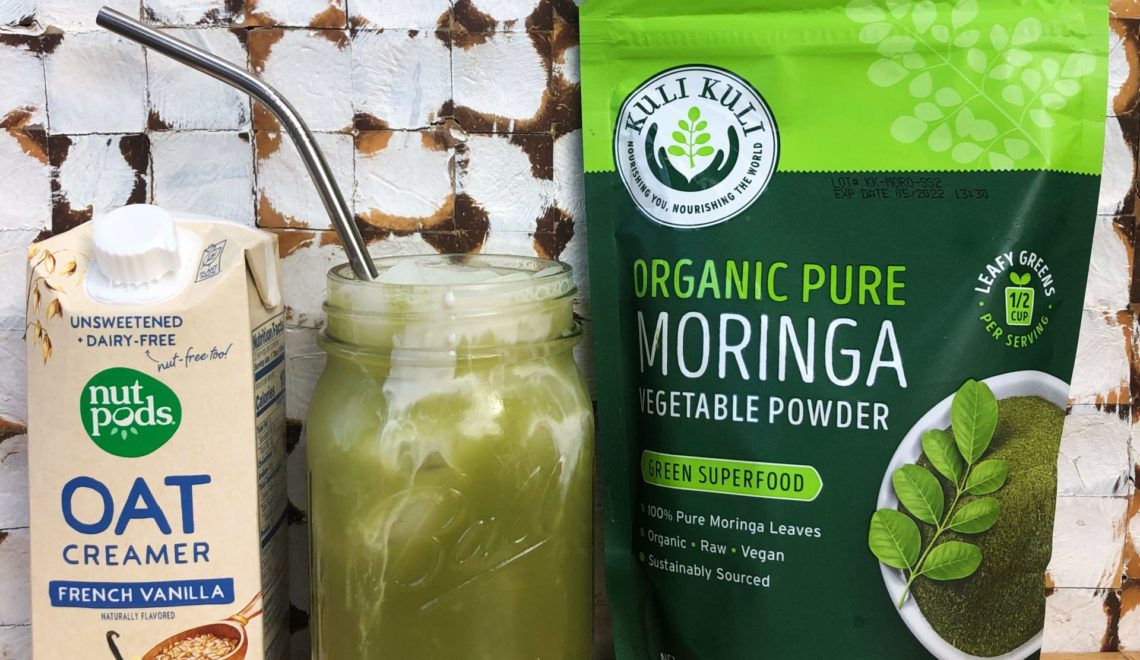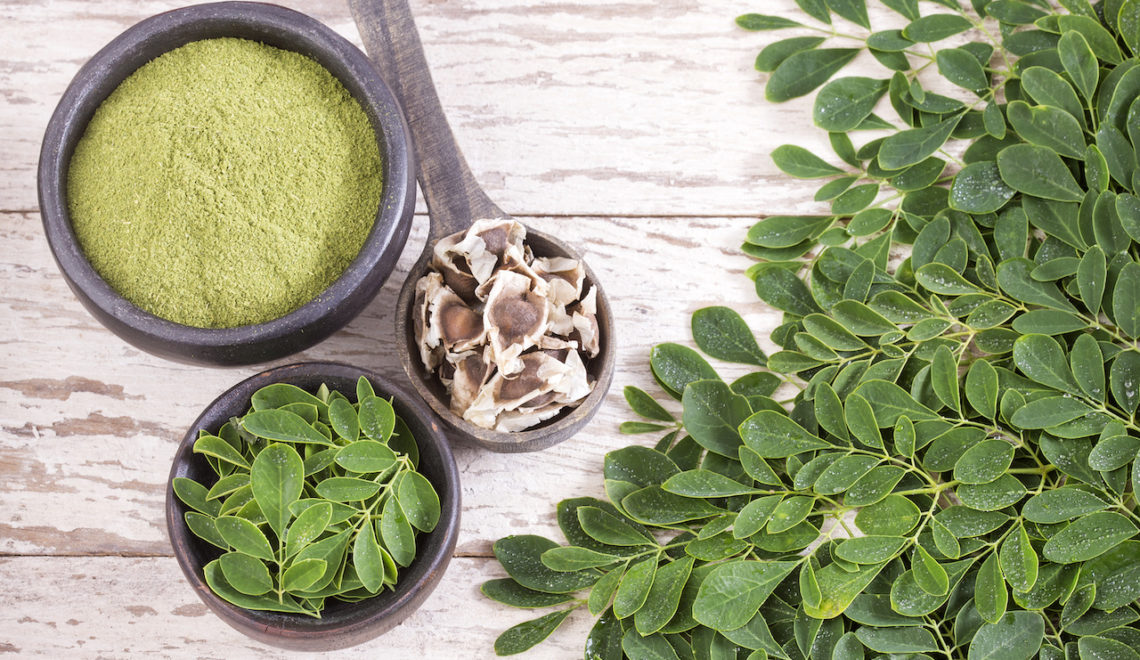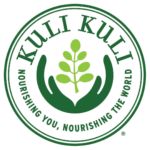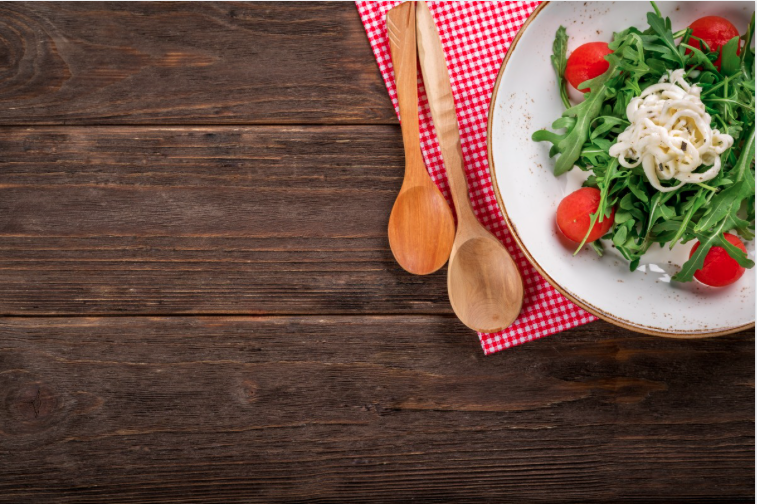
Cooking dinner and baking delicious treats is an important part of many cultures and many of our daily lives. Some people like to follow recipes while others seem to be able to throw anything together and make it amazing. Either way, we have all had our successes and disasters with cooking: forgotten ingredients, substituted ingredients, being impatient, and not following directions. It is no doubt that everyone has wondered about certain steps, ingredients, and characteristics of food and cooking at some point or another. It turns out, much like everything else, there are scientific explanations for everything when it comes to food and cooking. Here are a few you have probably never heard of:
1. Why do apples turn brown?
Apples and other fruits turn brown through a process called enzymatic browning. The process begins when the fruit is cut, bitten, or damaged in a way that injures the skin. This damage actually causes the injury of the cells of the fruit. When exposed to oxygen, an enzyme inside the cells called polyphenoloxidase produces a reaction with the substrate polyphenol that forms compounds called quinones, which then undergo more reactions causing a brown color to form. The browning does not make the fruit unsafe; it just doesn’t look as nice!
Enzymatic browning can be prevented in a few ways. One way is to get rid of or stop the enzymatic activity of polyphenoloxidase. This can be done by heating the fruit through blanching, or by dipping the fruit in ascorbic acid such as lemon juice, which will change the quinones back to polyphenols. Dipping the fruit in a sugar solution would also inhibit enzymatic browning by preventing the oxygen in the air from reaching the fruit, thereby stopping the reaction. One can also prevent the reaction by keeping the fruit from oxygen in a sealed container.
2. Why does cornstarch thicken things?
Cornstarch is a popular addition for thickening soups, sauces, and gravies. Starch is composed of two important molecules: amylose and amylopectin. Amylopectin makes up 80% of starch and is a long branching molecule made up of glucose. Amylose is also made up of glucose, but is a straight molecule. Cornstarch is usually dissolved in cold water and added to a hot soup or sauce. When heated, the starch molecules break down, causing the amylose and amylopectin to tangle with each other and absorb liquid, making the solution thick.
3. What is the difference between baking soda and baking powder?
Baking soda and baking powder are used as leavening agents in a variety of baked goods, but why does a recipe sometimes call for one or the other or even both? Baking soda is sodium bicarbonate and when mixed with an acid, it forms carbon dioxide, a gas, which is used to leaven baked goods (think baking soda and vinegar paper mache volcanoes!). Baking powder, however contains sodium bicarbonate and a couple of acids, usually sodium aluminum and monocalcium phosphate.
When water is added to baking powder, a similar reaction occurs. So, baking soda is best used when a recipe already contains an acid like lemon juice and baking powder is best used when an acid is not present. Sometimes, recipes call for both because some acid is present, but baking powder is also used to give it a little boost!
4. What causes the delicious golden brown exterior of a cake?
Cakes, cookies, bread, and even meat tend to become brown on the outside during cooking. This golden brown outer layer is responsible for delicious aromas and tastes, but why? When a cake bakes, the outer layer undergoes a reaction called the Maillard reaction. The Maillard reaction is a reaction between a protein, a reducing sugar (such as glucose, lactose, and maltose), and a high amount of heat. The reaction specifically breaks bonds within the sugar molecules, creating characteristic smells and flavors we all know and love.
5. What is the purpose of creaming butter and sugar together while baking cookies?
Any chocolate chip cookie recipe will have a step that says to “cream” softened butter and sugar together until “light and fluffy.” It seems like a silly step, but it is very important! This step leavens the cookies much like baking soda or baking powder. The rough sugar granules cut through the butter at high speed, incorporating air into it. When the rest of the ingredients are added, the air that was cut into the butter is added as well and makes the cookies light and fluffy.
6. Why do recipes require eggs?
Eggs are almost all protein. While they can make a great breakfast, eggs are very important for a variety of other recipes as emulsifiers. It’s a popular fact that oil and water don’t mix, but they can in a system called an emulsion. In order to get a water-based ingredient to combine with an oil-based ingredient and not separate, a substance is needed to keep them stable.
Egg yolks contain a substance called lecithin, which is a phospholipid. Phospholipids contain parts that are water-loving, or hydrophilic, and water-hating, or hydrophobic, like oil. Since they contain both parts, phospholipids establish a barrier that prevents the surface of an oil droplet from coming into contact with another, keeping the oil from separating from the water.
7. Why do pie crust and biscuit recipes say to “cut the butter into the dry ingredients until it’s in pea-size pieces”?
Everyone loves the soft and flaky texture of biscuits, but who would know that such a simple step would be the most important? When the butter is only cut into the dry ingredients instead of being completely incorporated, the butter melts inside the baking biscuits. This creates the small pockets or flakes inside the biscuits that we all know and love.

